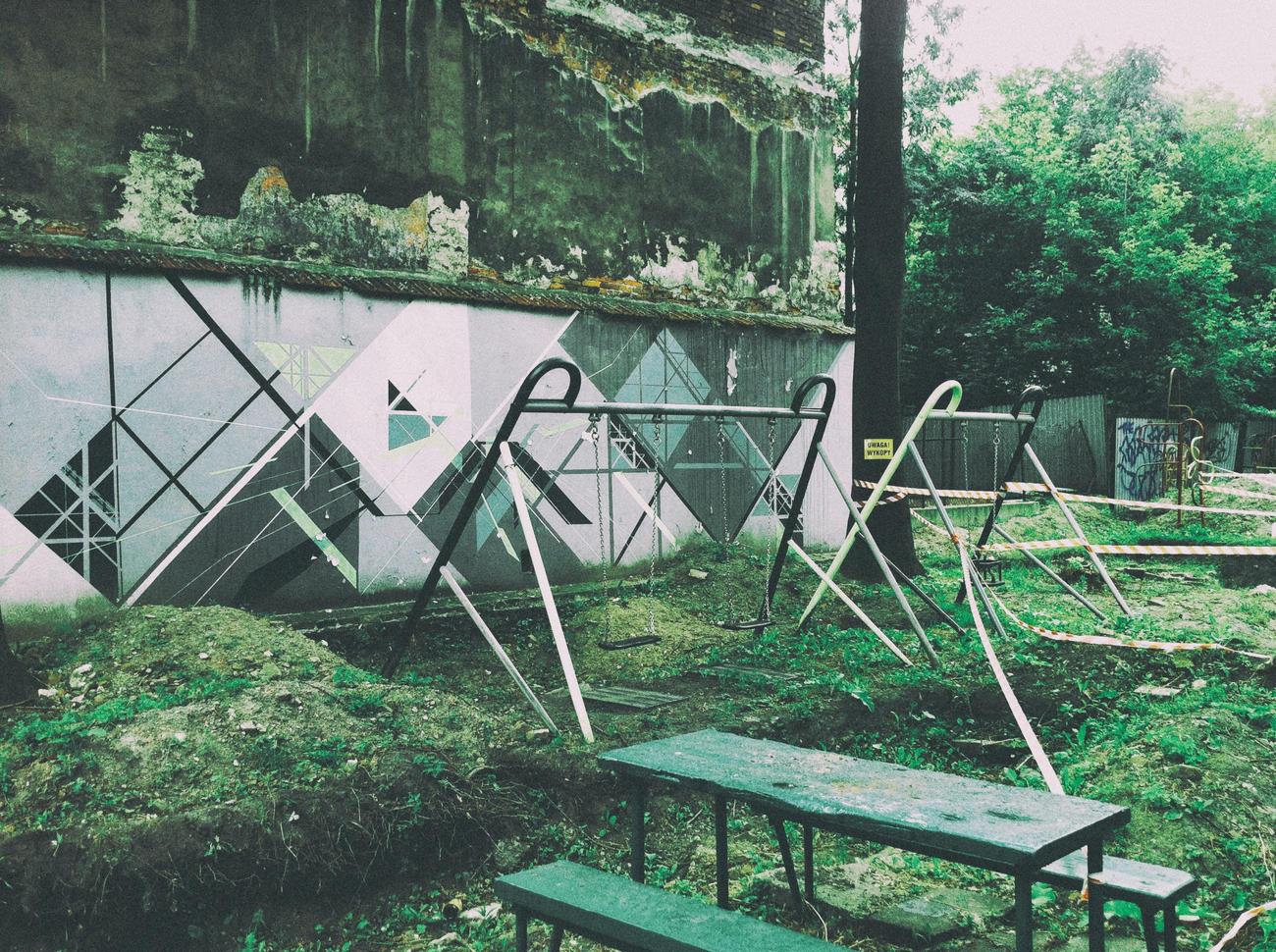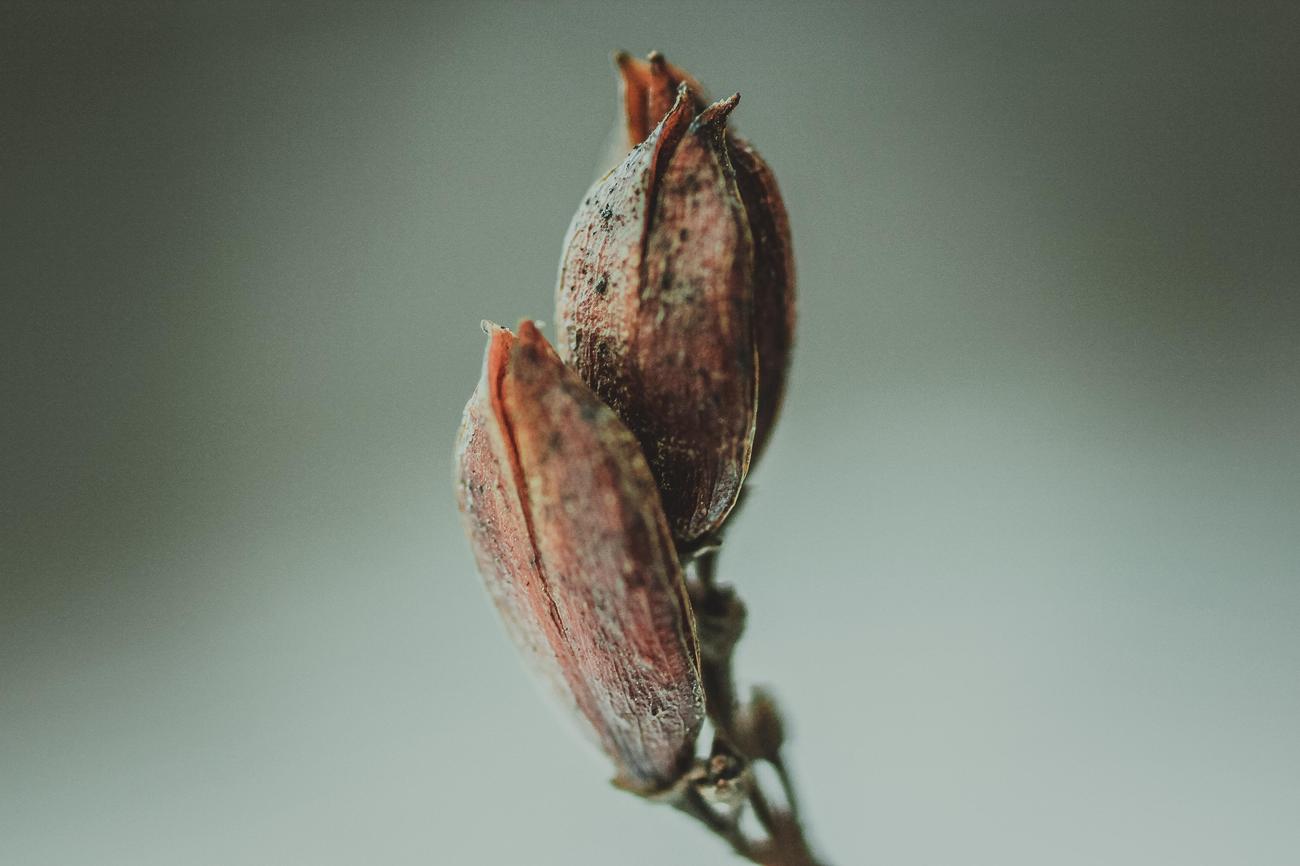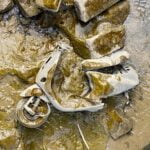Are you ready to dive into the mysterious world of nature’s unsung heroes? Brace yourself for an enlightening journey as we uncover the hidden ecological role of slime molds. These peculiar organisms, often overlooked and misunderstood, possess a wealth of secrets that hold the key to understanding the intricate workings of our ecosystems. Join me as we delve into the fascinating realm of slime molds and discover the crucial contributions they make to nutrient cycling, forest succession, and ecological resilience. Prepare to be amazed by the wonders of nature that lie just beneath our feet!

The Ecological Role of Slime Molds: Unveiling Nature’s Unsung Heroes
The Ecological Role of Slime Molds
Slime molds, also known as myxomycetes, may not be the first organisms that come to mind when thinking about the intricate web of nature. However, these versatile organisms play a vital ecological role that often goes unnoticed. As an experienced environmental scientist with a passion for understanding the complexities of ecosystems, I have dedicated years of research to unraveling the mysteries of slime molds. In this article, we will delve into the fascinating ecological contributions of these often-overlooked organisms and shed light on their hidden role in the natural world.
Slime molds are significant decomposers and nutrient recyclers in ecosystems. Found commonly on decaying forest litter and rotting wood, they consume microorganisms and transfer food energy into the food web. Their diet primarily consists of bacteria that feed on decomposing plant matter. By aiding in the decay of organic matter and recycling nutrients into the food web, slime molds play a crucial role in nutrient cycling and forest succession.
“Slime molds are nature’s unsung heroes, silently working to maintain the balance of ecosystems by recycling nutrients and supporting the flourishing of life.”
One of the remarkable aspects of slime molds is their ability to change shape and produce fruiting bodies that release spores. This shape-shifting ability is reminiscent of the network of synaptic connections in animal brains. Through their intricate relationships with their substrates and neighbors, slime molds form associations that may have direct beneficial effects on the surrounding organisms and the ecosystem as a whole.
“Just like the neurons in our brains communicate and form connections, slime molds connect the elements of an ecosystem, creating a harmonious symphony of life.”
In the soil ecosystem, slime molds play a pivotal role. They help to turn over minerals and control bacterial populations, contributing to the overall health and fertility of the soil. By regulating bacterial populations, slime molds help maintain a balanced microbial community, ensuring the proper functioning of nutrient cycles.
“Slime molds act as custodians of the soil, ensuring that the nutrients necessary for life are replenished and microbial communities thrive.”
While there are approximately 500 species of slime molds, each with its own unique characteristics and ecological niche, they all share the common goal of contributing to the resilience and stability of their respective ecosystems. From their role in nutrient cycling to their impact on forest succession and soil health, slime molds have a profound influence on the natural world.
“Slime molds may be small and inconspicuous, but their ecological contributions are nothing short of monumental.”
In conclusion, the ecological role of slime molds is often overlooked but is undeniably significant. From their role as decomposers and nutrient recyclers to their impact on soil health and the food web, slime molds are unsung heroes in ecosystems around the world. By unraveling the mysteries of these remarkable organisms, we can gain a deeper understanding of the intricate web of nature and the remarkable contributions of even the smallest organisms.
“Next time you stumble upon a slime mold while exploring the intricacies of nature, take a moment to appreciate its hidden ecological role—it’s a testament to the wonders and complexities of the natural world.”
Slime molds are one of the most fascinating organisms in nature. Did you know that they can solve complex puzzles and navigate mazes? If you’re intrigued by these slimy wonders, you must check out our list of Interesting Facts About Slime Molds. From their unique life cycle to their surprising intelligence, you’ll be amazed at what slime molds are capable of. To dive into the world of slime molds, click here: Interesting Facts About Slime Molds. Get ready to be amazed!

FAQ
Question 1
What is the ecological role of slime molds?
Answer 1
Slime molds have a significant ecological role as decomposers and nutrient recyclers. They consume microorganisms and transfer food energy into the food web, playing an important role in the food chain.
Question 2
Where are plasmodial slime molds commonly found?
Answer 2
Plasmodial slime molds are commonly found on decaying forest litter and rotting wood. They thrive in environments where decomposing plant matter is present.
Question 3
What do slime molds eat?
Answer 3
Slime molds primarily feed on bacteria that feed on decomposing plant matter. Their diet contributes to the decay of organic matter and helps recycle nutrients into the food web.
Question 4
How do slime molds contribute to the soil ecosystem?
Answer 4
Slime molds play an important role in the soil ecosystem. They help turn over minerals and control bacterial populations, contributing to nutrient cycling and overall soil health.
Question 5
In what ways do slime molds resemble other organisms?
Answer 5
Slime molds resemble both protozoan protists and fungi. They can change shape to produce fruiting bodies and release spores. Additionally, the network of synaptic connections in animal brains shares similarities with slime molds. The associations of slime molds with their substrates and neighbors may also have direct beneficial relationships.
- Crypto Quotes’ Red Flags: Avoid Costly Mistakes - June 30, 2025
- Unlock Inspirational Crypto Quotes: Future Predictions - June 30, 2025
- Famous Bitcoin Quotes: A Deep Dive into Crypto’s History - June 30, 2025
















